11+ Tertiary Consumers in the Ocean and Their Characteristics
Tertiary consumers in the ocean are top predators that feed on secondary consumers, helping regulate their populations and maintain ecosystem balance. They play a critical role in shaping marine food webs by exerting top-down control on lower trophic levels and influencing species diversity. Examples include sharks, large predatory fish, marine mammals, seabirds, and large invertebrates. Their presence indicates ecosystem health, and their removal can lead to significant disruptions in marine ecosystems.
Medium-Sized Sharks as Tertiary Consumers in the Ocean
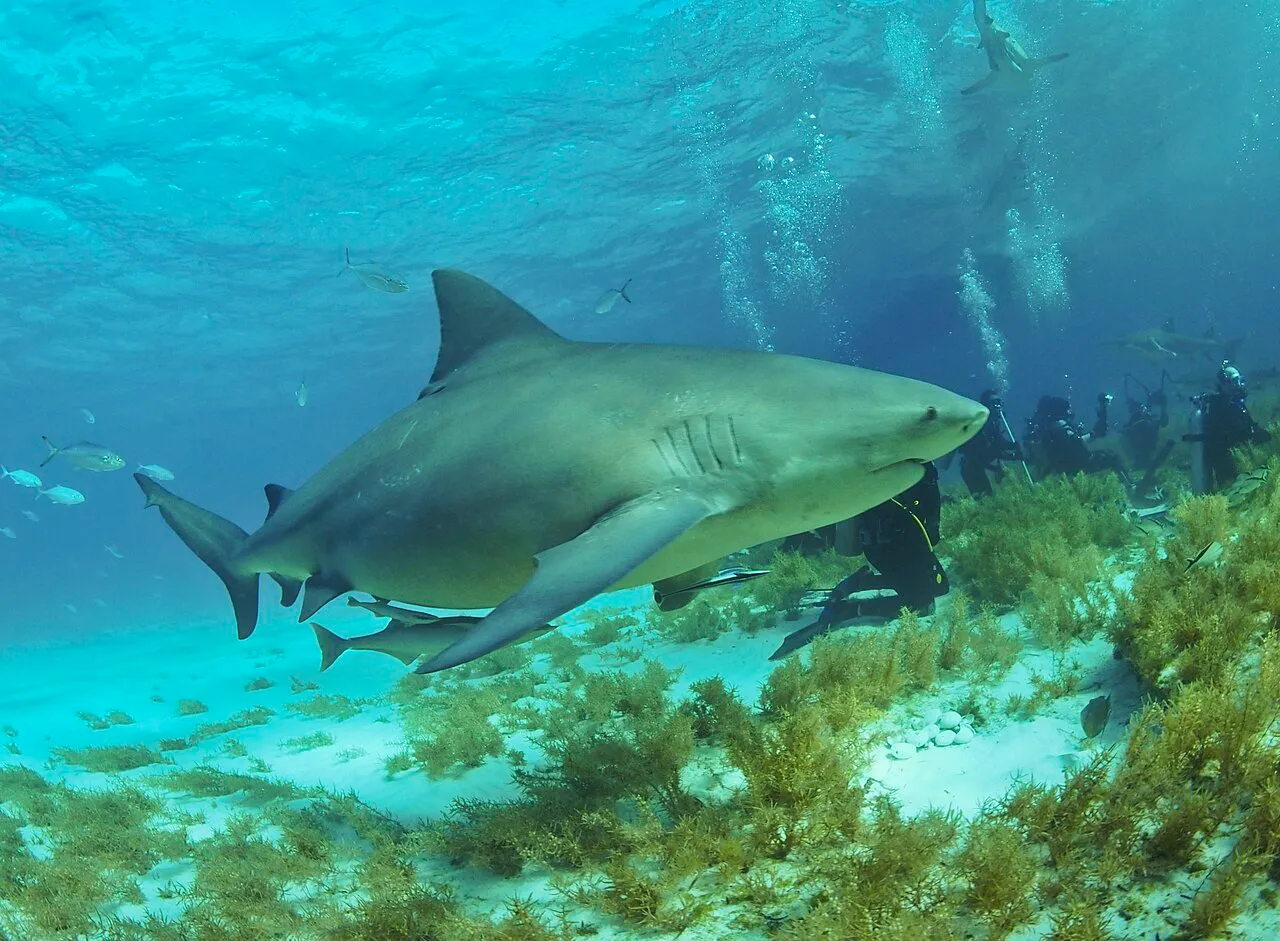
Medium-sized sharks play a crucial role as tertiary consumers in the oceanic ecosystem. These apex predators occupy a pivotal position in the food chain, preying on smaller fish and marine organisms, while being preyed upon by larger predators. With their voracious appetites and efficient hunting strategies, medium-sized sharks help regulate the populations of their prey, contributing to the overall balance and health of the marine environment. Additionally, their presence influences the behavior and distribution of other marine species, shaping the dynamics of the underwater ecosystem.
Other Marine Predatory Fish
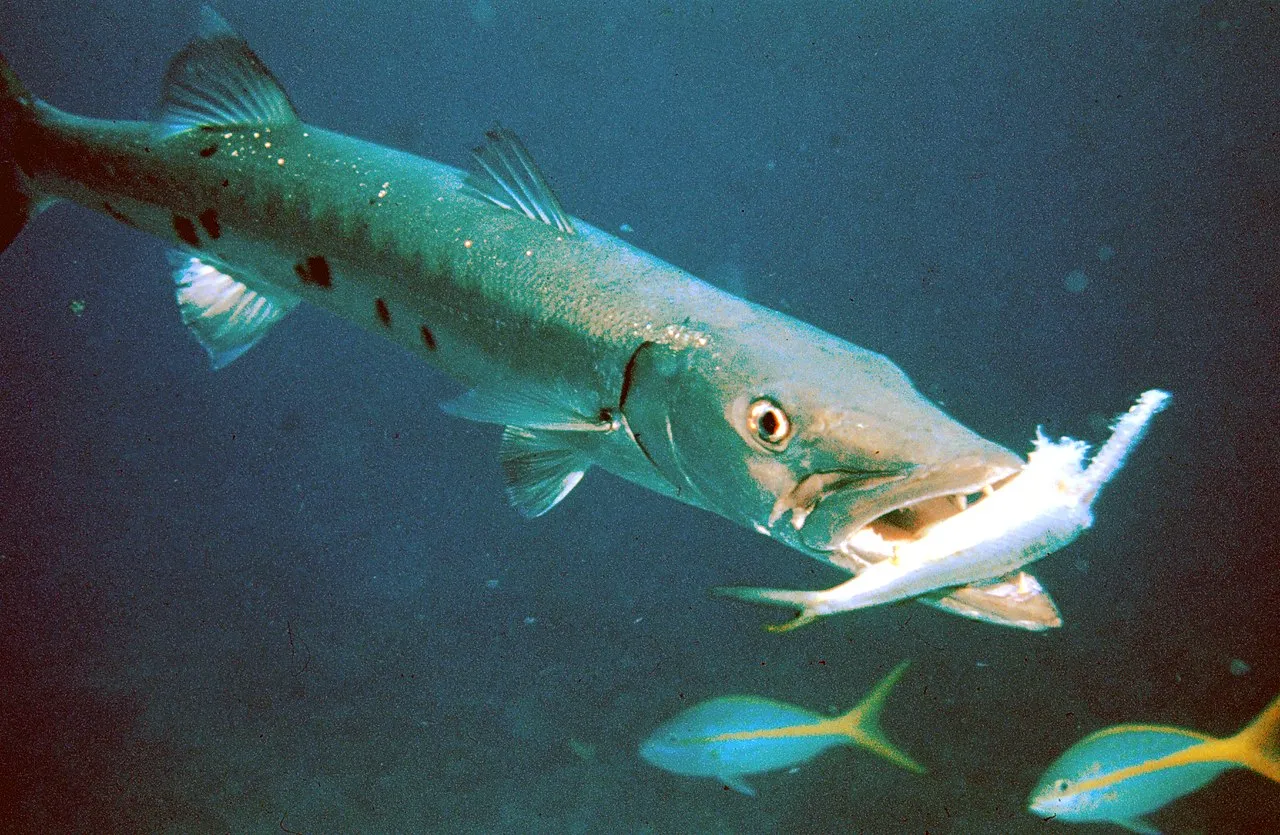
In addition to medium-sized sharks, there are numerous other predatory fish species in the ocean that function as tertiary consumers. These include species such as barracudas, groupers, tuna, and swordfish. Like sharks, these predatory fish play a crucial role in maintaining the balance of marine ecosystems by controlling the populations of their prey species. Through their feeding behaviors and interactions with other marine organisms, these predatory fish contribute to the complex web of life in the ocean.
Seals and Sea Lions
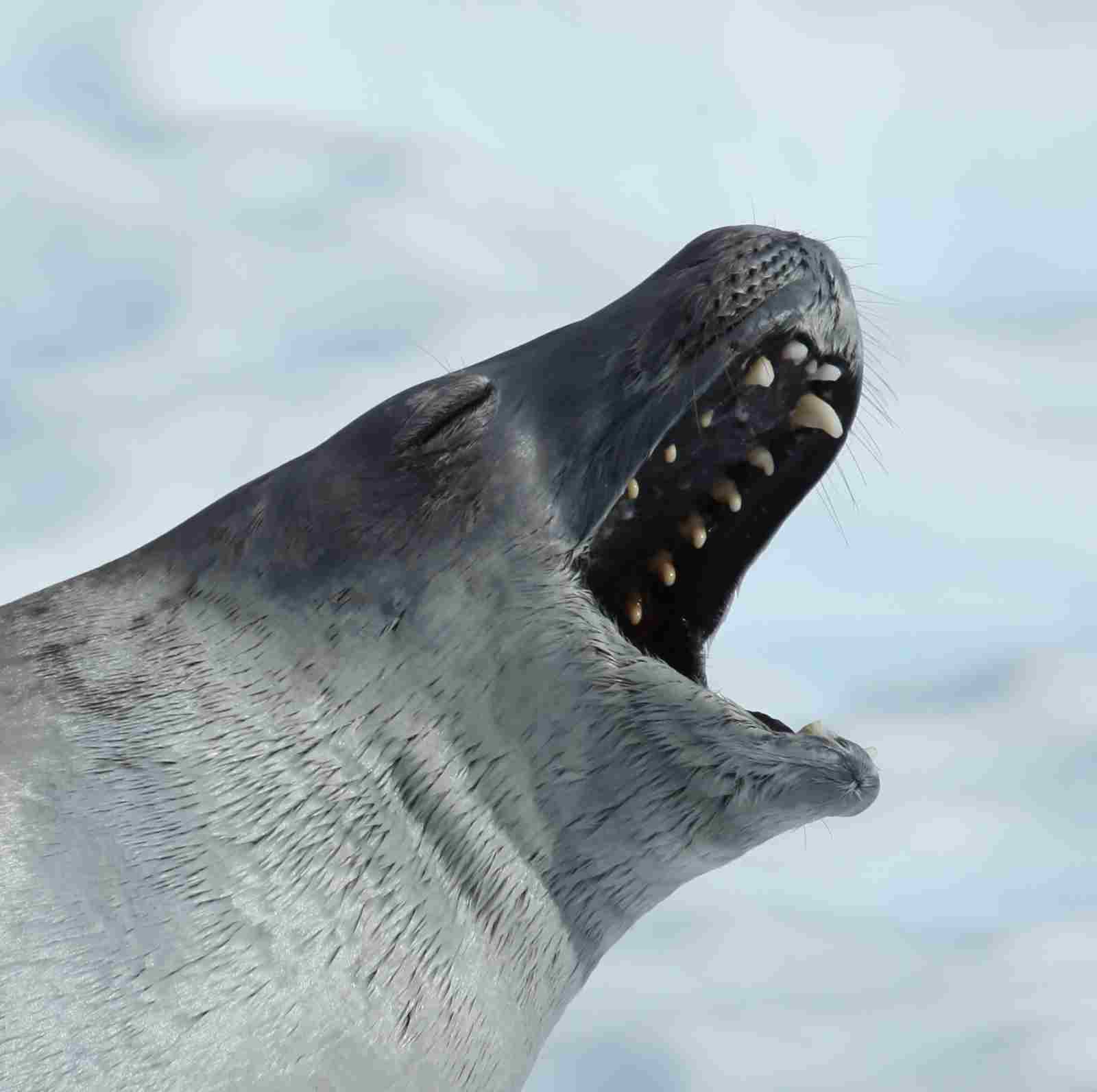
Seals and sea lions are also significant tertiary consumers in the oceanic food web. These marine mammals primarily feed on a variety of fish species, as well as squid and other invertebrates. With their agile swimming abilities and sharp hunting skills, seals and sea lions play a crucial role in controlling the populations of their prey, thereby influencing the structure and dynamics of marine ecosystems. As top predators in their habitat, seals and sea lions help maintain the balance of the oceanic food chain by regulating the abundance of their prey species.
Large Seabirds
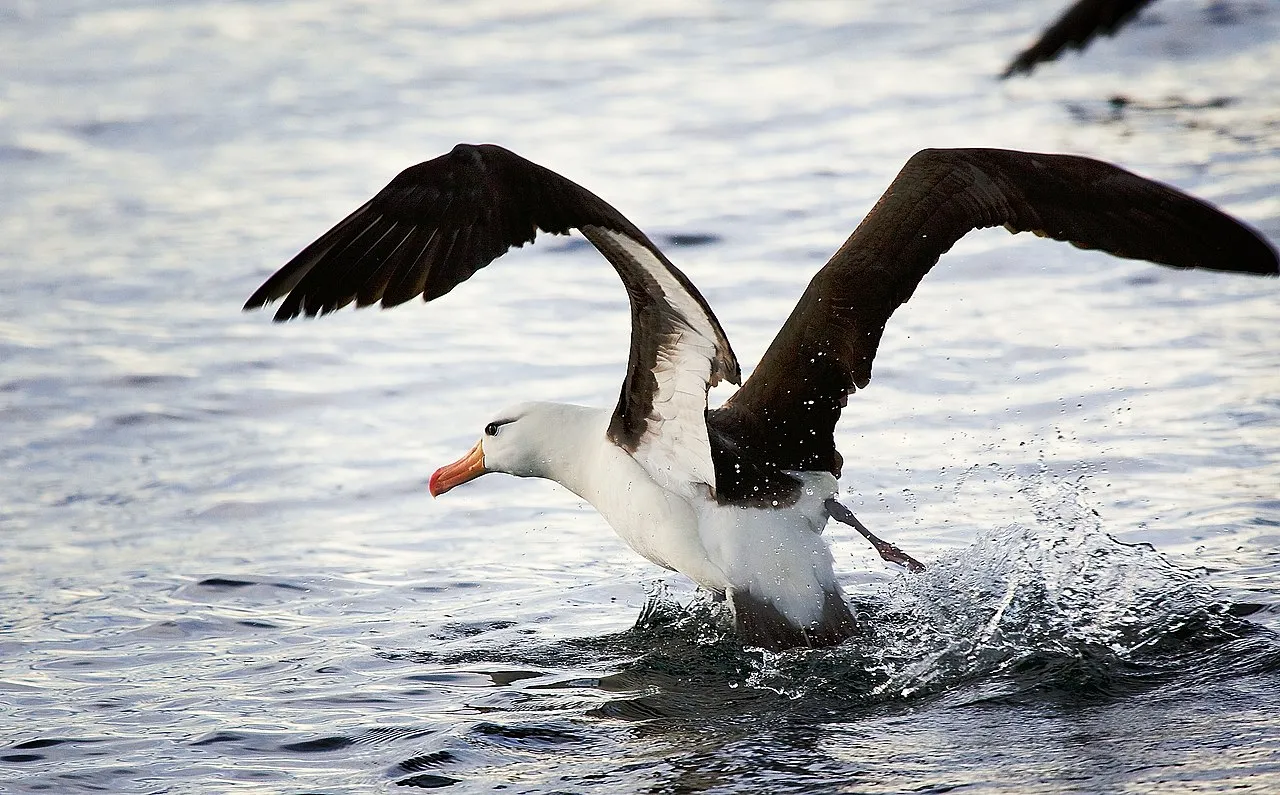
Large seabirds such as albatrosses, pelicans, and gannets are also important tertiary consumers in the ocean. These birds primarily feed on fish, squid, and other marine organisms, often foraging over vast distances in search of prey. By consuming large quantities of fish and other marine prey, seabirds help regulate the populations of these organisms, playing a crucial role in the balance of marine ecosystems. Additionally, seabirds also serve as indicators of the health of marine environments, with declines in their populations often signaling broader ecological issues such as overfishing or habitat degradation.
Large Invertebrate Predators
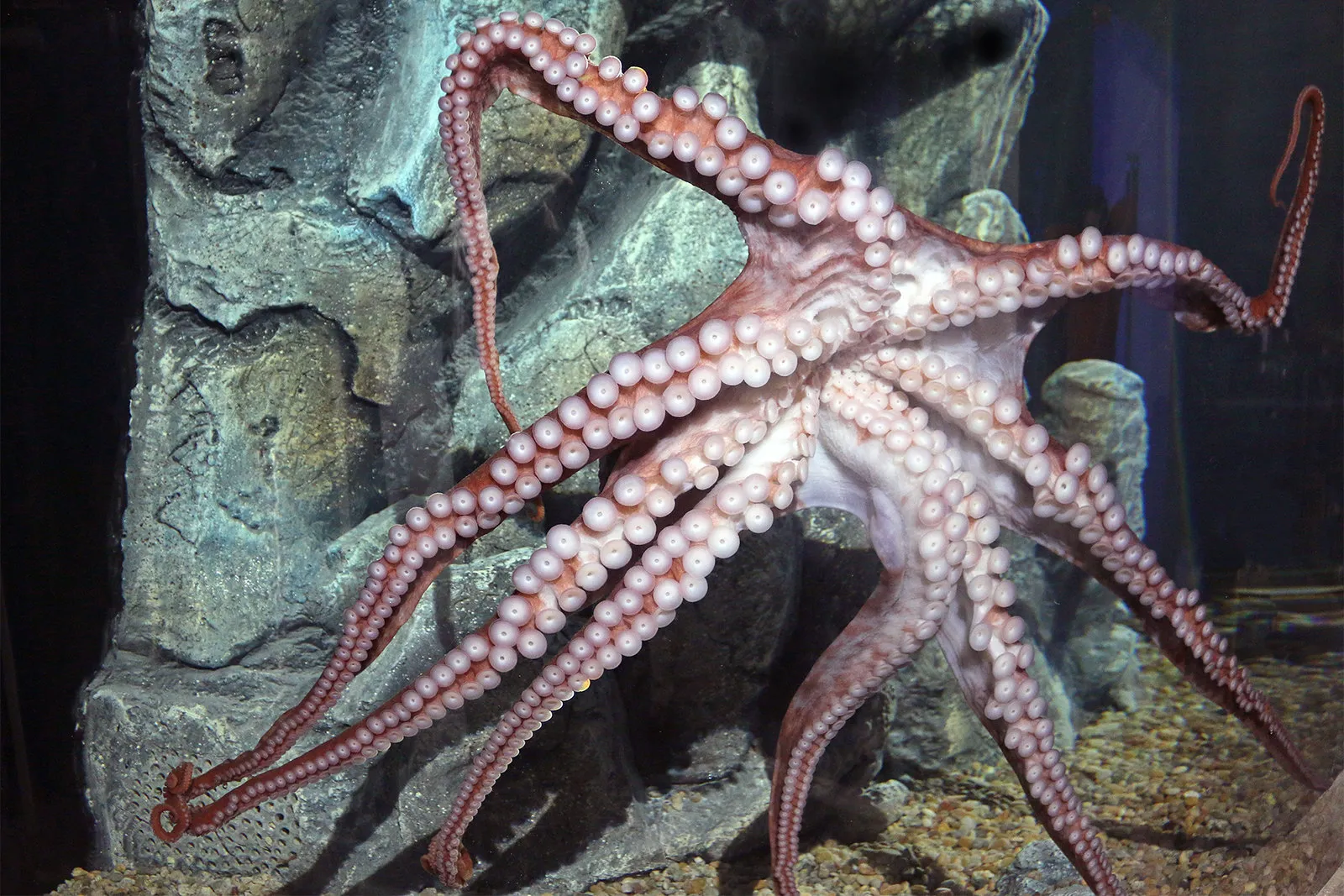
Large invertebrate predators such as octopuses, squids, and some species of jellyfish are significant tertiary consumers in the ocean. These organisms feed on a variety of smaller marine animals, including fish, crustaceans, and other invertebrates. With their unique hunting abilities and often voracious appetites, large invertebrate predators play a crucial role in controlling the populations of their prey species, thus influencing the structure and dynamics of marine ecosystems. Their presence helps maintain the balance of the oceanic food web by regulating the abundance of their prey and contributing to the overall biodiversity of the marine environment.
Characteristics of Tertiary Consumers in the Ocean
Tertiary consumers in the ocean possess several key characteristics that distinguish them within the marine food web. These include:
-
Predatory Behavior: Tertiary consumers are typically predators that feed on other organisms within the oceanic ecosystem.
-
Position in the Food Chain: They occupy a higher trophic level than primary and secondary consumers, serving as top predators in the marine environment.
-
Regulation of Prey Populations: Tertiary consumers play a crucial role in regulating the populations of their prey species, thereby influencing the balance and stability of marine ecosystems.
-
Impact on Food Webs: Their feeding habits and interactions with other marine organisms contribute to the complexity and dynamics of oceanic food webs.
-
Adaptations for Hunting: Tertiary consumers often possess specialized adaptations for hunting and capturing prey, such as sharp teeth, powerful jaws, or specialized feeding structures.
-
Ecological Significance: They help maintain the health and resilience of marine ecosystems by controlling the abundance of lower trophic levels and influencing species diversity.
What Are Tertiary Consumers in the Pacific Ocean?
Tertiary consumers in the Pacific Ocean encompass a diverse array of marine organisms occupying various trophic levels. Examples include:
-
Great White Shark: As a top predator, the great white shark feeds on a wide range of prey including smaller sharks, fish, and marine mammals.
-
Giant Pacific Octopus: This large invertebrate predator preys on a variety of marine animals, including fish, crustaceans, and other mollusks.
-
California Sea Lion: These marine mammals primarily feed on fish but also consume squid and other marine organisms, functioning as tertiary consumers in the Pacific Ocean food web.
-
Albatross: Large seabirds like the albatross feed on fish, squid, and other marine organisms, playing a crucial role as tertiary consumers in Pacific Ocean ecosystems.
-
Giant Pacific Sunfish: This massive fish species consumes a diet consisting mainly of jellyfish and other gelatinous organisms, acting as a tertiary consumer in the Pacific Ocean’s food web.
These examples represent just a few of the many tertiary consumers that contribute to the ecological dynamics of the Pacific Ocean.
What Are Two Tertiary Consumers in the Atlantic Ocean?
In the Atlantic Ocean, two examples of tertiary consumers are:
-
Atlantic Bluefin Tuna: These large predatory fish feed on a variety of smaller fish species, squid, and crustaceans, making them important tertiary consumers in the Atlantic Ocean ecosystem.
-
Loggerhead Sea Turtle: Loggerhead sea turtles primarily consume a diet of jellyfish, but they also feed on other invertebrates such as crustaceans and mollusks. As top predators in their habitat, they play a significant role as tertiary consumers in the Atlantic Ocean food web.
These examples illustrate the diversity of tertiary consumers and their importance in maintaining the balance of marine ecosystems in the Atlantic Ocean.
What Are Five Tertiary Consumers in the Ocean?
In the ocean, five examples of tertiary consumers include:
-
Great White Shark: Feeding on a variety of marine animals including smaller sharks, fish, and marine mammals, the great white shark occupies a top position in the oceanic food chain.
-
Atlantic Bluefin Tuna: As apex predators, these large predatory fish play a crucial role in regulating the populations of smaller fish species and other marine organisms in the ocean.
-
California Sea Lion: With a diet consisting mainly of fish, squid, and other marine organisms, California sea lions are important tertiary consumers in marine ecosystems.
-
Giant Pacific Octopus: Known for their hunting prowess, giant Pacific octopuses prey on a wide range of marine animals, contributing to the balance of oceanic food webs.
-
Albatross: Large seabirds like the albatross feed on fish, squid, and other marine organisms, playing a crucial role as tertiary consumers in oceanic ecosystems.
These examples highlight the diversity of tertiary consumers and their significant roles in maintaining the health and stability of marine ecosystems worldwide.
What Are Tertiary Consumers Underwater?
Tertiary consumers underwater refer to organisms in aquatic ecosystems that occupy the highest trophic level and primarily feed on secondary consumers, which, in turn, feed on primary consumers. Examples of tertiary consumers underwater include various predatory fish, marine mammals, large invertebrates, and seabirds. These organisms play a crucial role in regulating the populations of their prey species and influencing the structure and dynamics of underwater food webs. Tertiary consumers underwater contribute to the overall balance and health of aquatic ecosystems by controlling the abundance of lower trophic levels and maintaining biodiversity.
Is Blue Whale a Tertiary Consumer?
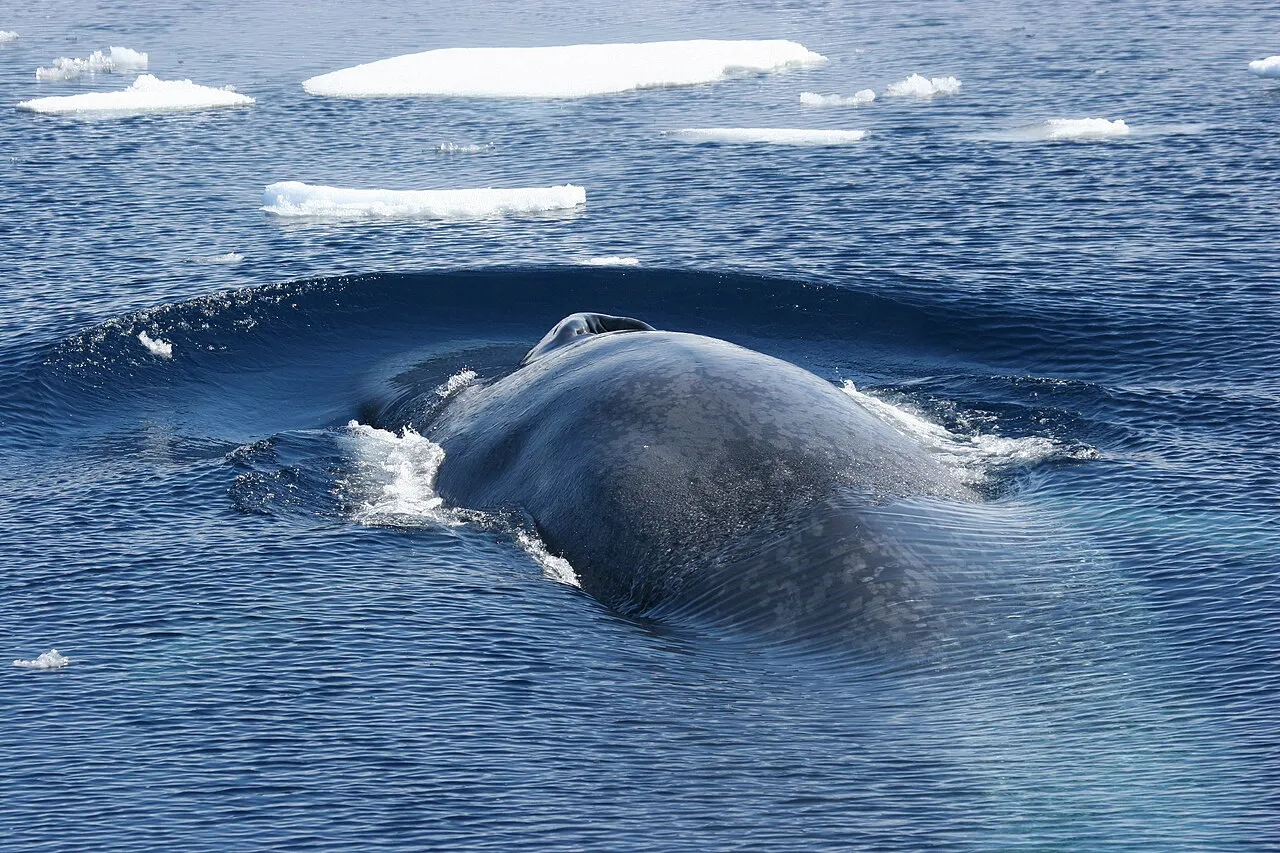
The blue whale, the largest animal on Earth, is often classified as a tertiary consumer due to its position at the top of the marine food chain. As a filter feeder, blue whales primarily consume krill, a small shrimp-like crustacean, which places them in the tertiary consumer category as they feed on secondary consumers like krill-eating fish. However, in some ecological contexts, particularly when considering the complexity of marine food webs, the blue whale may be classified as a quaternary consumer. This classification acknowledges the indirect consumption of energy from primary producers (phytoplankton) that is passed through multiple trophic levels before reaching the blue whale. Therefore, while the blue whale’s primary diet consists of secondary consumers (krill), its position as a top predator and its consumption of energy indirectly derived from primary producers may warrant classification as a quaternary consumer in certain scenarios.
Role of Ocean Tertiary Consumers in the Food Chain/Food Web
Ocean tertiary consumers play a vital role in maintaining the balance and stability of marine ecosystems. By feeding on secondary consumers, they help regulate the populations of these organisms, preventing overpopulation of certain species and promoting species diversity. Additionally, tertiary consumers exert top-down control on lower trophic levels, which can have cascading effects throughout the food web. Their presence influences the behavior and distribution of prey species, shaping the structure of marine communities. Furthermore, as apex predators, ocean tertiary consumers serve as indicators of ecosystem health, with changes in their populations often reflecting broader environmental changes. Overall, these top predators play a crucial role in the functioning and resilience of oceanic ecosystems.
*Key Takeaways
| Key Takeaways |
|
– Regulate populations of secondary consumers
|
|
– Promote species diversity
|
|
– Exert top-down control on lower trophic levels
|
|
– Influence prey behavior and distribution
|
|
– Serve as indicators of ecosystem health
|


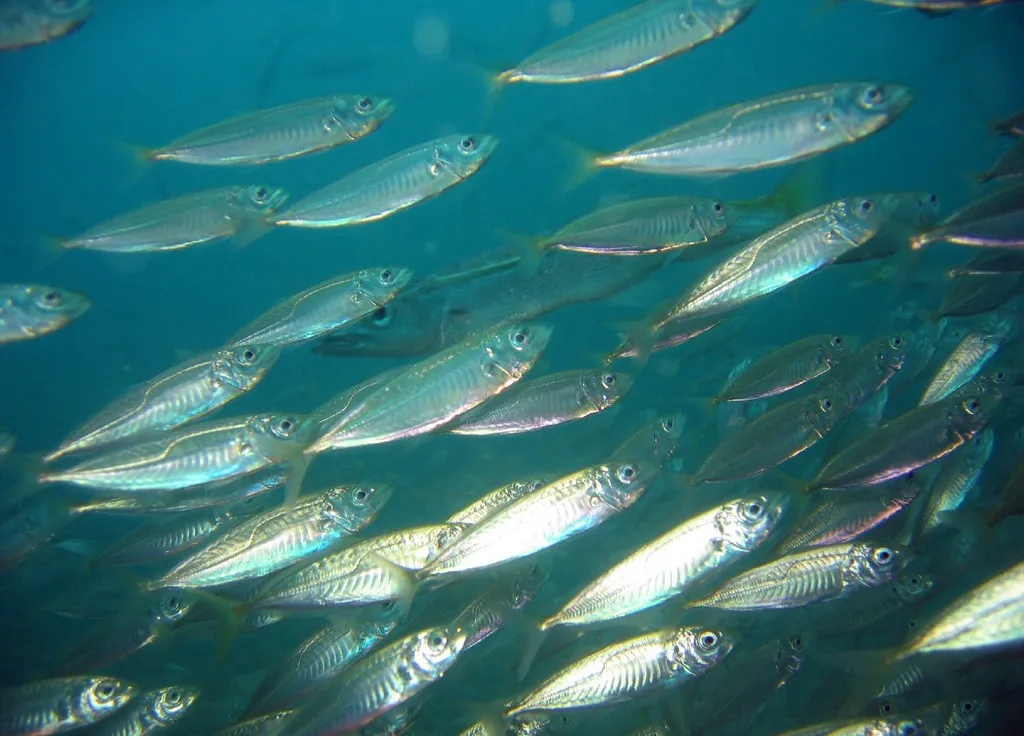
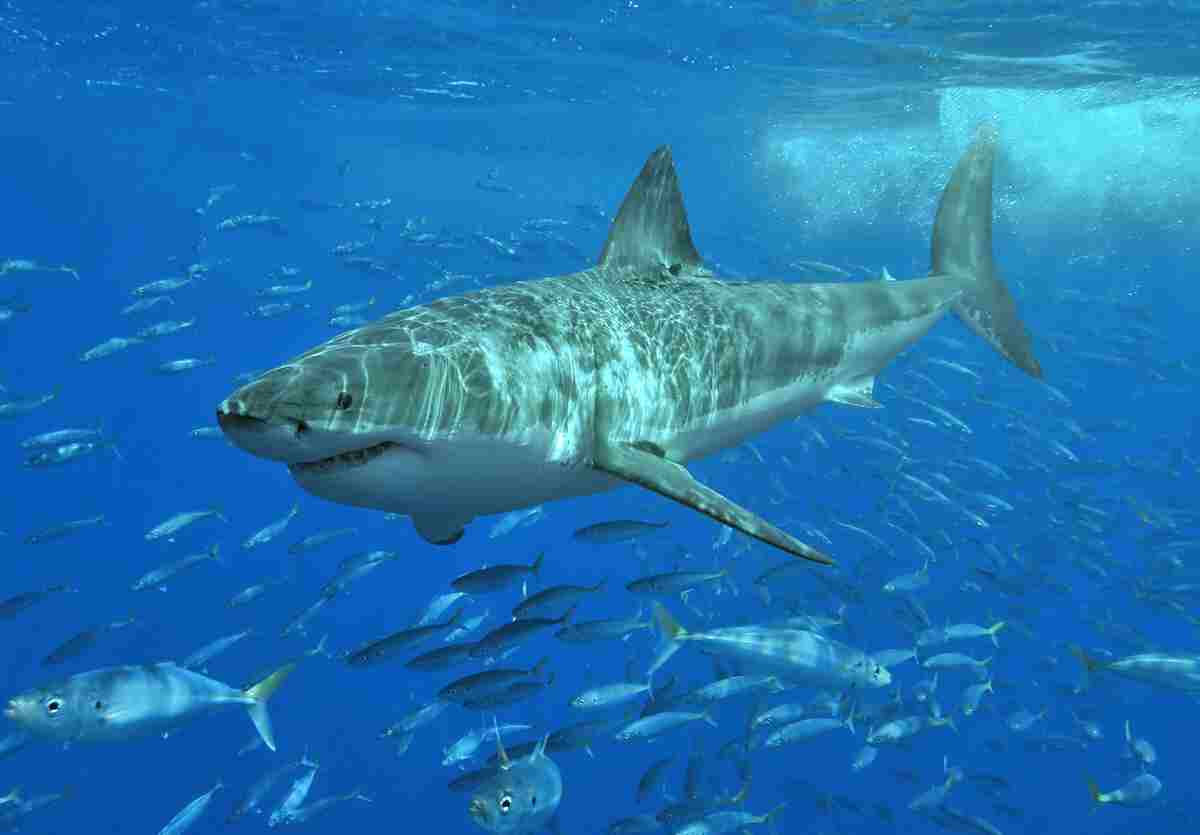
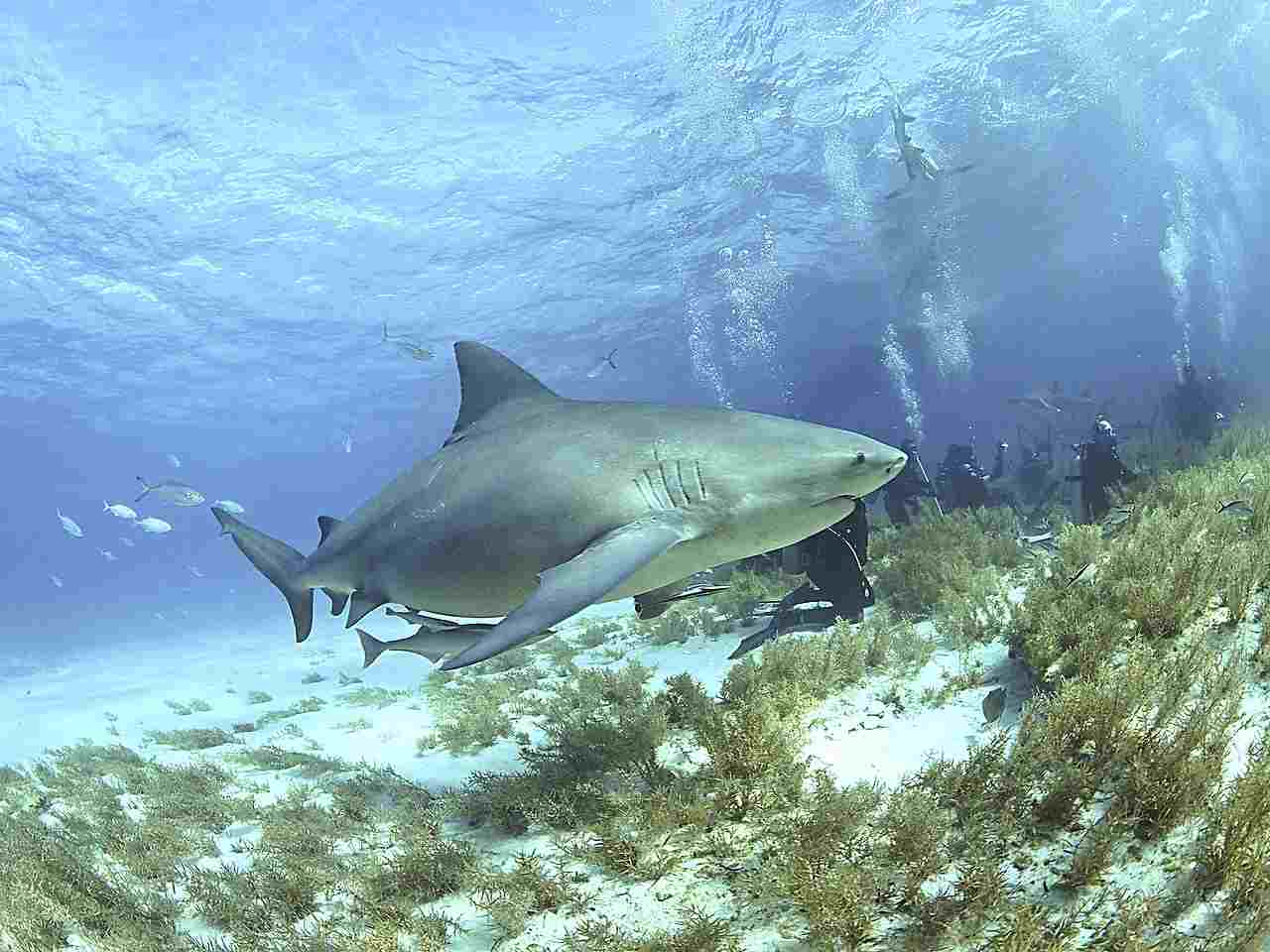
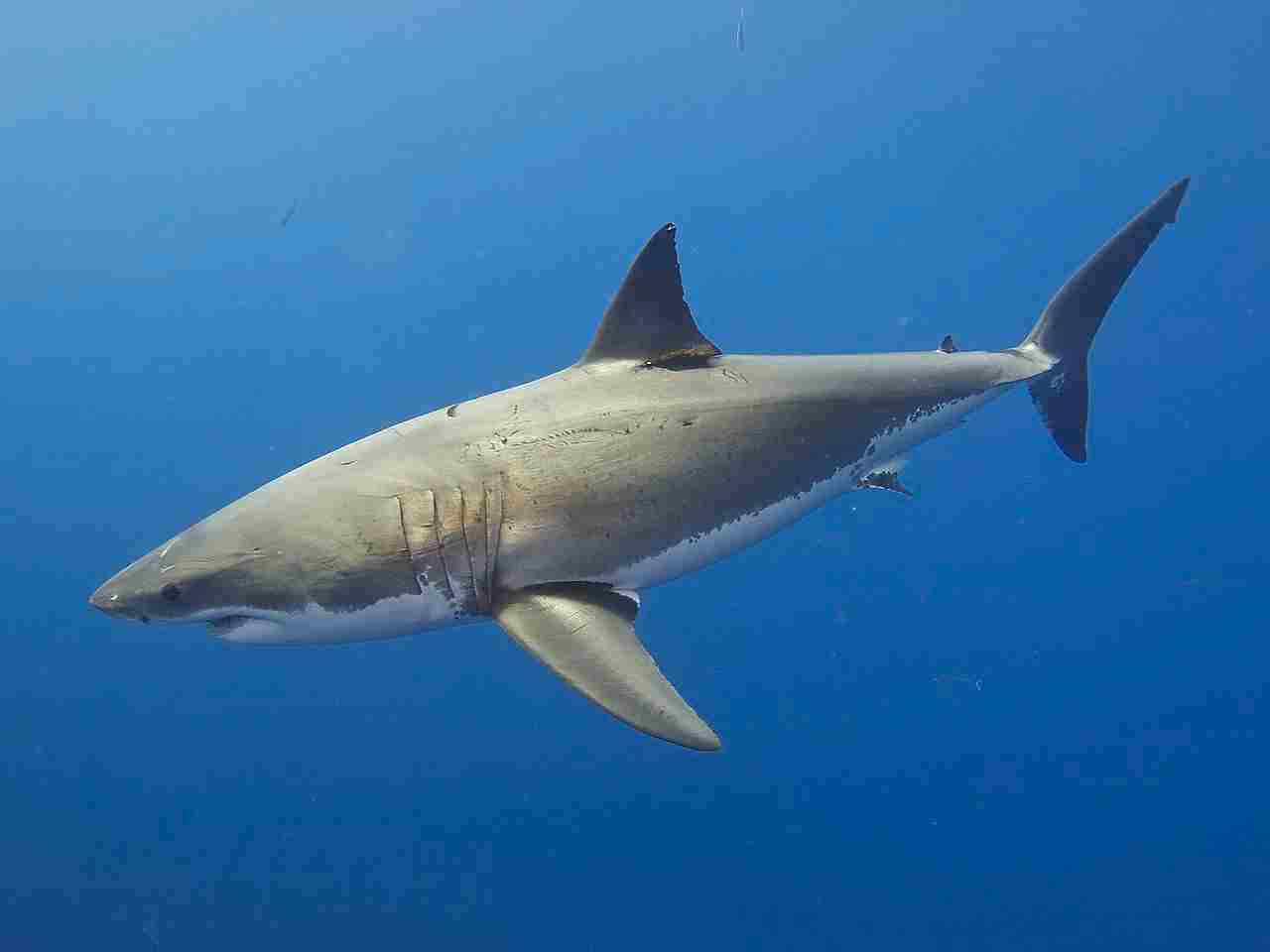
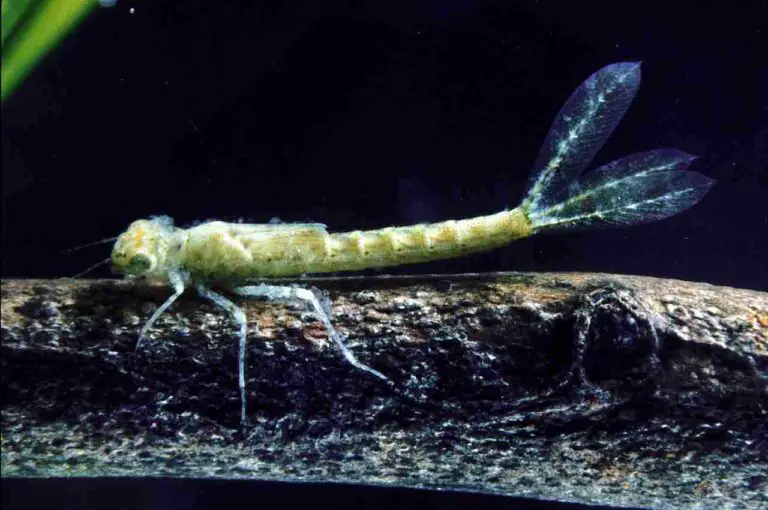

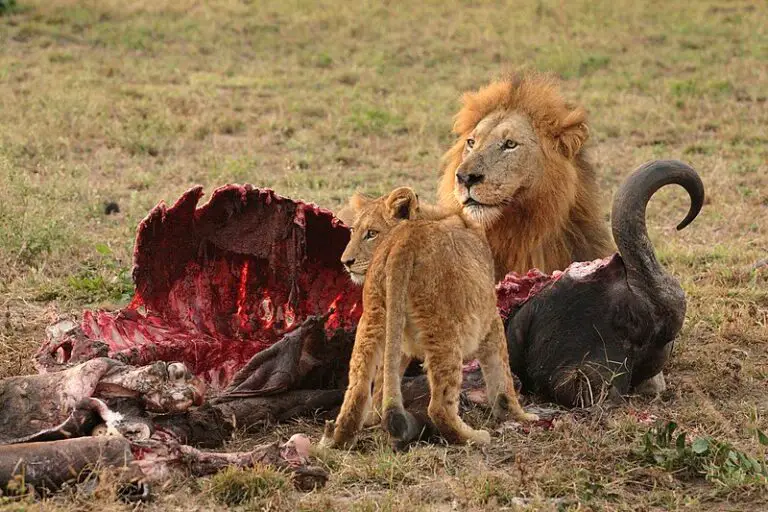

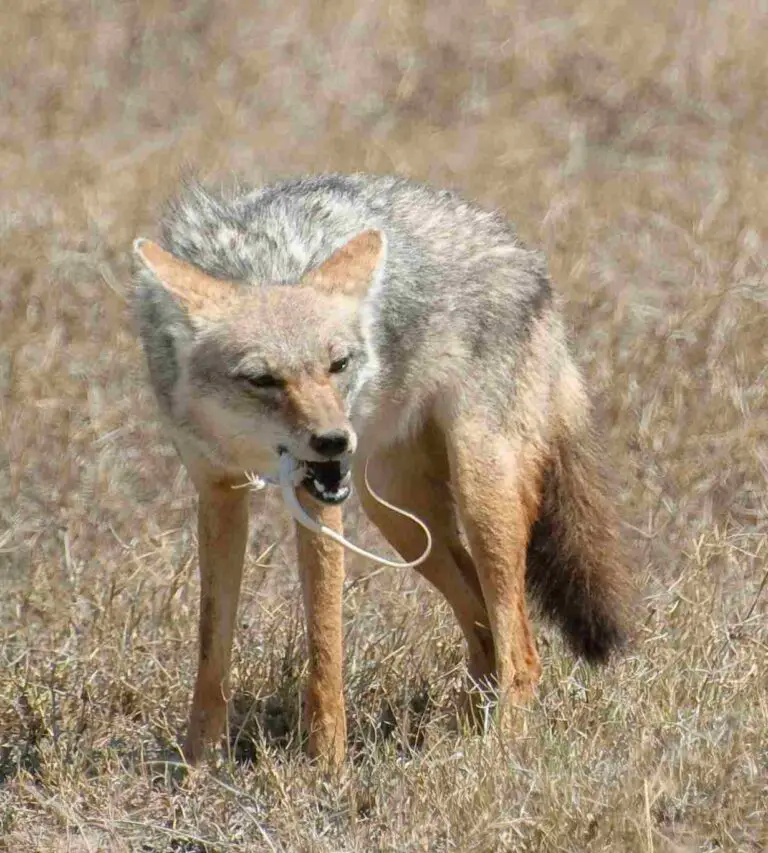

You’re very welcome! I’m glad to hear that you’re open to exploring various topics. If you have any specific questions or areas of interest you’d like to delve into, please feel free to share them. Whether it’s about the latest advancements in technology, recent scientific discoveries, thought-provoking literary works, or any other subject, I’m here to offer insights and assistance. Just let me know how I can help, and I’ll do my best to provide valuable information and engage in meaningful discussions!
Hi, many thanks for your comment. You can easily contribute your articles and promote your work by visiting this form. Please see the guidelines and ask any questions at felsics@gmail.com.